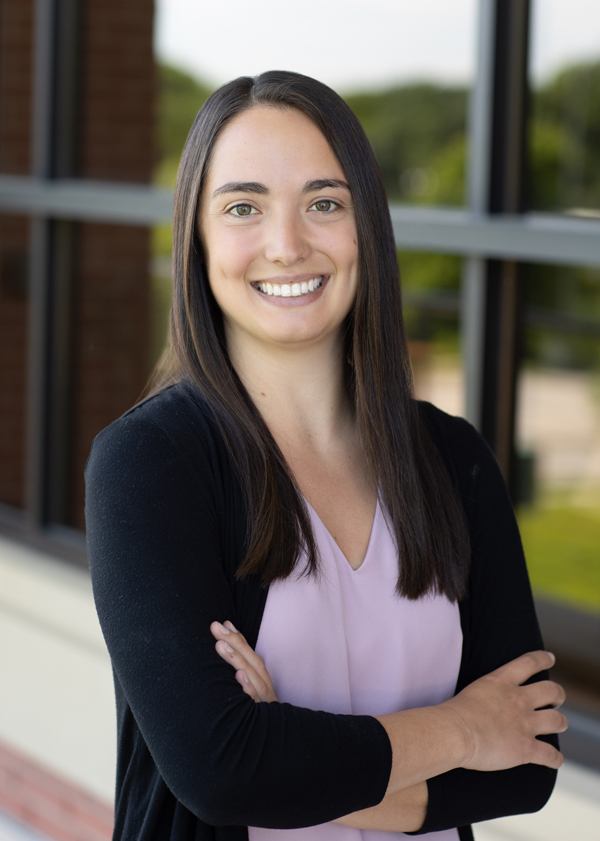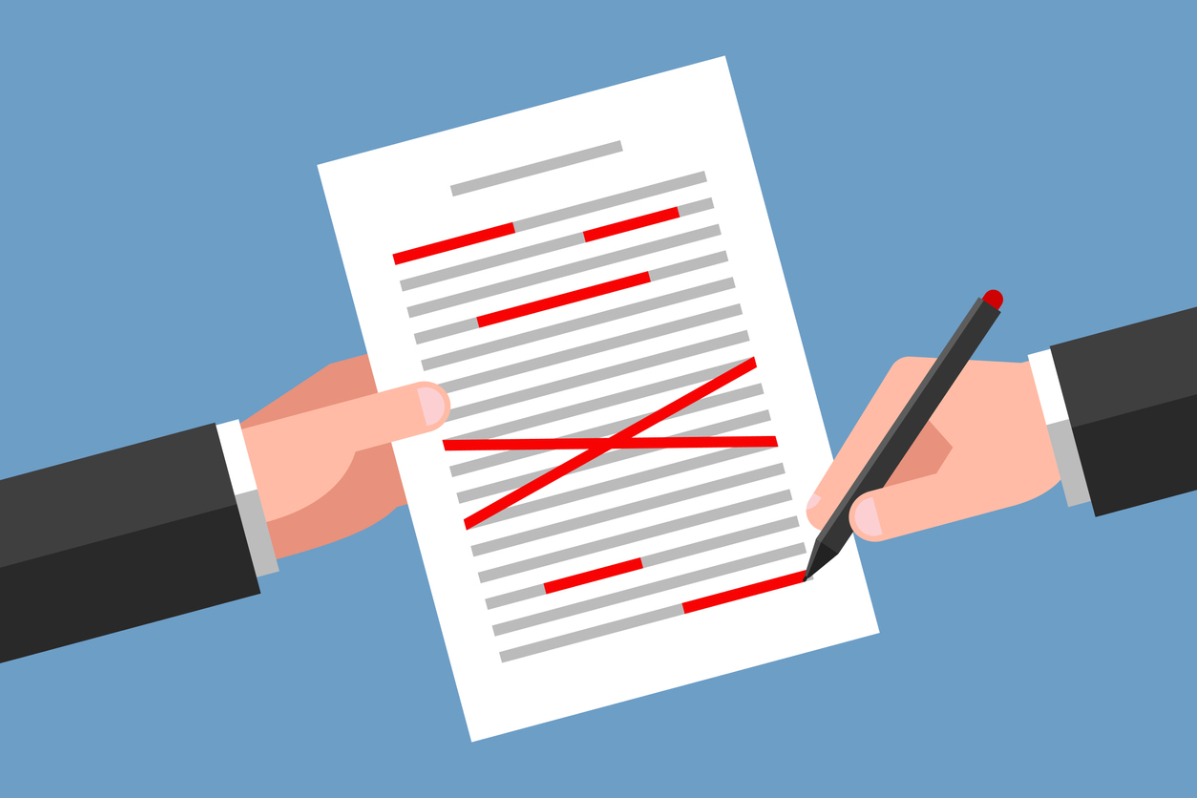
Written by,
Emily E. Arrigo, CPA
Assurance Manager
On December 29, 2022, the President signed SECURE 2.0 as a part of the year-end appropriations bill. The act was created to increase retirement savings, improve retirement rules and lower employer costs of setting up a retirement plan. There are several new mandatory and voluntary provisions in the act with different effective dates. The Plan must operate in accordance with the effective date of each new provision, but will not be required to formally amend their plan document until the end of the first plan year beginning on or after January 1, 2025. The mandatory provisions and effective dates include the following outlined below.
Mandatory Provisions
Effective for plan years beginning after December 31, 2023:
- Participants in 403(b) plans will be permitted to receive a hardship distribution from all amounts eligible for distribution. Previously, participants could only receive distributions on employee contributions without earnings.
Effective for plan years beginning after December 31, 2024:
- 401(k) and 403(b) plans established after the act was signed (December 29, 2022) will be required to automatically enroll participants in their respective plans upon becoming eligible. The automatic enrollment must be at least 3%, but not more than 10%. The enrollment must increase 1% each year until it reaches at least 10%, but not more than 15%.
- Catch-up contributions are currently allowed for participants who have attained age 50 with a limit of $6,500. This provision increases the limits for participants who have attained ages 60 to 63 to the greater of $10,000 or 50% more than the regular catch-up amount. The annual limits will be increased for inflation after 2025.
- Employers are required to allow long-term part time workers to participate in 401(k) plans. These provisions require part time workers to be eligible if they complete 1 year of service with 1,000 hours or 2 consecutive years of service with 500 hours.
Effective for plan years beginning after December 31, 2025:
- Roth catch-up contributions will be subject to tax treatment unless the participant receives compensation of $145,000 or less.
Voluntary Provisions
Additionally, SECURE 2.0 includes some voluntary provisions that plans can adopt. The voluntary provisions and effective dates include the following:
Now effective
- Plan Sponsors are permitted to allow participants to self-certify that they had an event that constitutes a hardship for purposes of taking a hardship withdrawal.
- Employers are permitted to provide participants with the option of receiving matching contributions on a Roth basis. Previously, matching contributions could only be on a pre-tax basis.
Effective for plan years beginning after December 31, 2023:
- Employers of 401(k) and 403(b) plans will be permitted to make matching contributions with respect to “qualified student loan payments.”
- Employers are permitted to allow withdrawals for certain emergency expenses that are unforeseeable or immediate financial needs for personal or family emergency expenses. Only one distribution of up to $1,000 will be allowed per year and the participant will have the ability to repay the distribution for up to 3 years. No additional emergency distributions will be allowed during the 3 year repayment period unless repayment occurs.
- Employers are currently allowed to transfer retirement accounts for terminated employees to an IRA if balances are between $1,000 and $5,000. Employers are permitted to increase this threshold balance up to $7,000.




